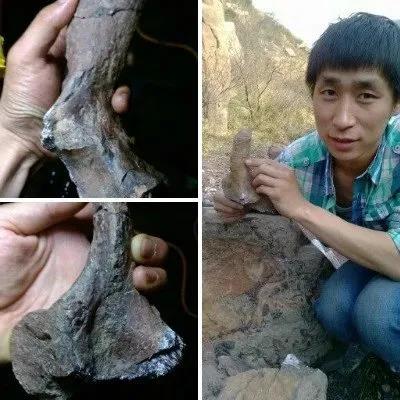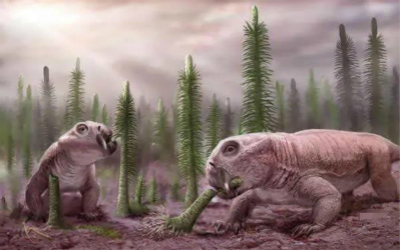Species older than dinosaurs discovered in Yangquan

Dicynodontia fossil in Yangquan city and its discoverer Bai Zhijun [Photo/yqnews.com.cn]
The Institute of Vertebrate Paleontology and Paleoanthropology at the Chinese Academy of Sciences recently made a breakthrough in the research of Dicynodontia fossils discovered in Yangquan city in North China's Shanxi province.
Early in 2017, Bai Zhijun -- responsible for the protection, development and display and use of paleontological fossils at the Yangquan planning and natural resources bureau -- discovered a relatively complete Dicynodontia skull fossil at a quarry site in Yangquan and sent the sample to the institute in 2018.
After more than two years of restoration and research, the expert team at the institute proved that the sample is a new Dicynodontia species discovered for the first time in the world.
It was named Taoheodon baizhijuni in honor of the discoverer and the place of discovery, being the first Dicynodontia fossil discovered in Yangquan.

Reproduced picture of Taoheodon baizhijuni [Photo/yqnews.com.cn]
Taoheodon baizhijuni lived in the Late Permian period -- about 254 million years ago, which is older than dinosaurs.
The study of Permian tetrapods in China has lasted for a prolonged time. A large number of Dicynodontia fossils were once discovered in Xinjiang Uygur autonomous region, but for a long time, no Dicynodontia fossils were found in North China where the Permian strata was widely exposed.
This is the first Dicynodontia discovered in the Psj stratum of the Late Permian era in China, making it of great significance to palaeogeography, palaeoclimate and people's understanding of the time of the mass species extinction in the Late Permian epoch.





